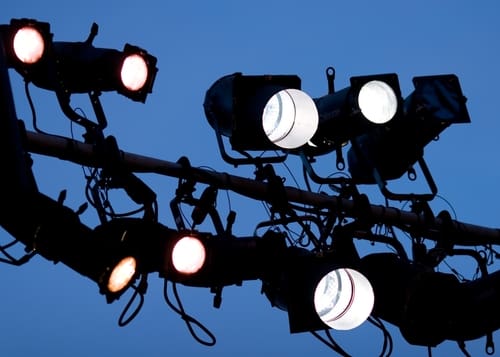Lighting is essential to all aspects of modern society, in the residential, commercial and industrial spheres. In terms of the market for efficient commercial lighting, numerous concerns come into play – everything from cost and light output to energy use and lifespan. The latter factors have become increasingly emphasized in recent years, stemming in large part from concerns over energy use and sustainability.
According to a recent column in The Economist, lighting accounts for 17 percent of the United States' energy consumption. This alone can constitute a strong case for the more widespread adoption of LED lighting and other green lighting solutions that can bring about more efficient energy use. The source reported that solid state technologies incorporating LED bulbs would provide major savings and consumption reduction if implemented on a massive scale.
Notable benefits of solid-state LED lighting
For businesses, educational institutions and municipal government departments, the primary motivator behind the choice of a lighting system is not cost so much as it is long-term benefits. For this reason, LEDs stand out, as The Economist identifies the L70 rating of these lamps – a measurement of the time it will take for a bulb's luminescence to diminish from full power to 70 percent – as being approximately 10 years.
While no piece of technology is foolproof and LED bulbs will have to be replaced eventually, the fact that these bulbs are designed to last decades rather than years is something that can't be ignored. Essentially, any costs involved only constitute an initial investment that will pay off massive dividends in the long run for a commercial entity.
In terms of energy use, LEDs also trump their incandescent and fluorescent competitors hands down. The source reports that LEDs turn 75 percent of their energy into light and only 25 percent into heat, while incandescents only produce light with 5 percent of the electricity they use. When measured by lumens per watt (lm/w), LEDs can produce as much as 100 lm/w, while incandescents produce about 15 lm/w. Even compact fluorescent lights (CFLs), which are considerably more powerful than incandescent bulbs, falter against LEDs with a luminescence of about 60 lm/w.
Competition for LED lighting?
Advances are taking place in lighting technologies aside from LED lighting systems. Precision Paragon (P2), a commercial lighting manufacturer, recently announced the release of fluorescent fixtures that could trump some LED fixtures in terms of manufacturer-rated lifespan. The company claimed that some of its new fluorescent offerings could provide up to 80,000 hours of life in a release.
"Just years ago, it was revolutionary to be making LED high-bays with 50,000 hour plus rated life," said Lou Preston, marketing director of P2. "Today, fluorescent technology has advanced far enough that we can ship high-bay fluorescent fixtures with lamps that have similar or longer rated life spans."
However, Preston even admitted in his statement that these might not be appropriate for all commercial applications, and that LED fixtures are still worth considering.
In a separate recent statement, Panasonic announced the development of a semiconductor white light source that could produce approximately 10,000 lumens. The Asahi Shimbun reported that the technology used an ultraviolet semiconductor laser, which was the cause of the powerful brightness, but its applications appear to be only niches so far – namely, vehicle headlights and data projectors.
All in all, as The Economist reports, the wide range of applications and capability for integration in LED lighting – exemplified in products such as Philips Hue system – is likely to make them stand head and shoulders above competing products in most important metrics.





